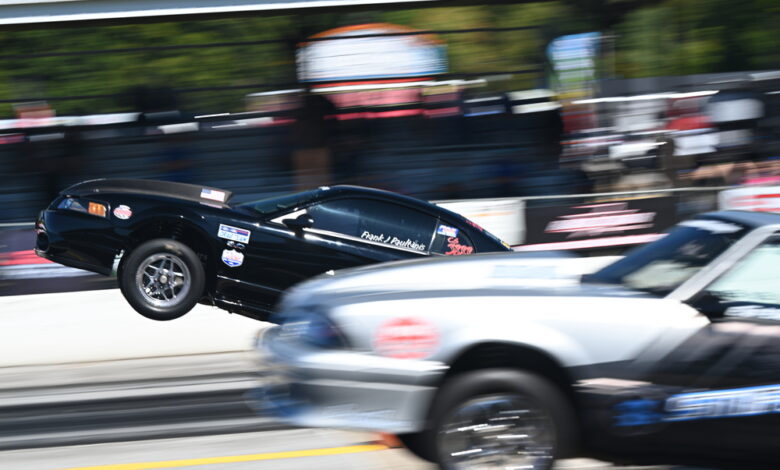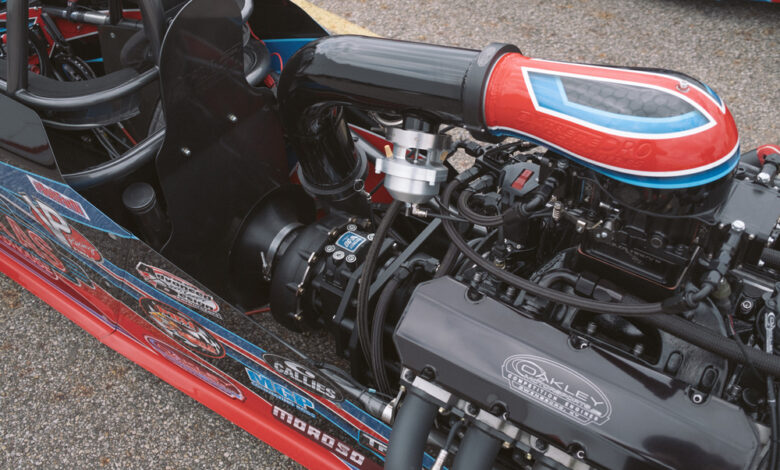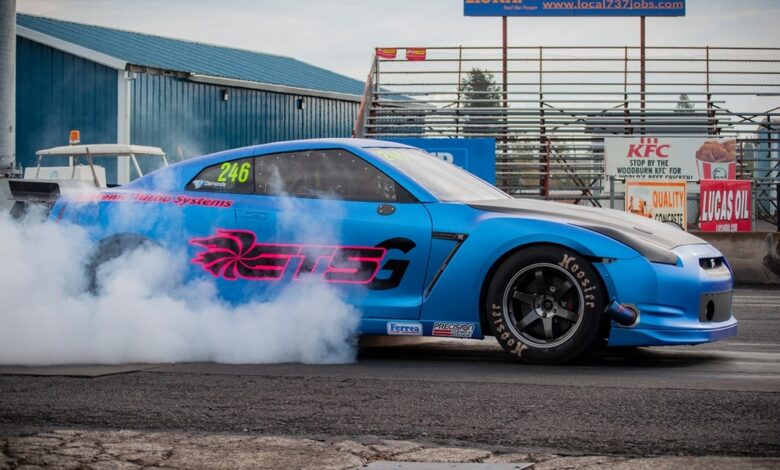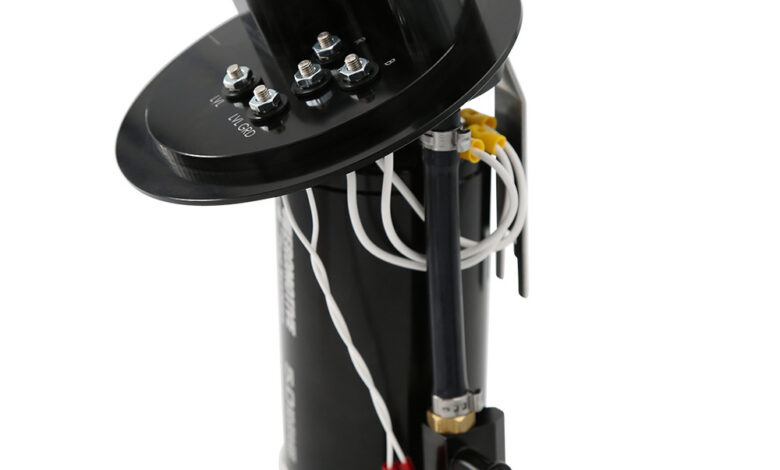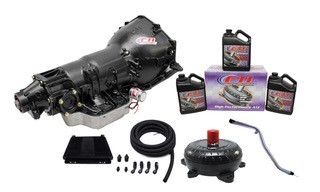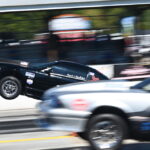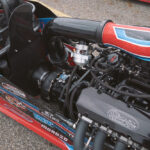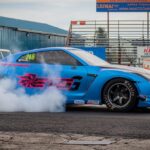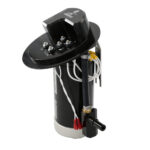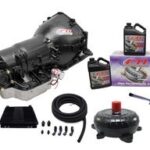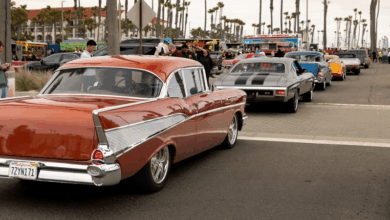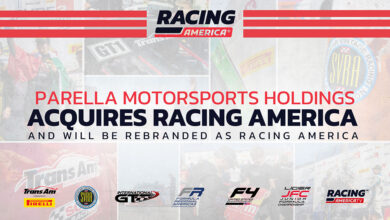This article originally appeared in the February 2023 issue of THE SHOP magazine.
Drag racing, by all accounts, had a great year in 2022. With all that’s going on in the world today, that’s quite remarkable.
Car counts were good, attendance was strong and even TV showed viewership increases for many events.
Following our recent report on the circle track market (THE SHOP, December 2022), it appears motorsports are doing well overall, leading to a sense of optimism heading into the new year.
That doesn’t mean some strong challenges aren’t still looming, however. From economic worries to supply chain struggles, shops will need to stay abreast of changes to the drag racing market as a new season quickly approaches.
SUPPLY & DEMAND
It seems no business discussion these days is complete without a mention of supply chain struggles.
“One of the major factors currently affecting the drag racing market is the ability to acquire many aftermarket components and the lead times it takes to receive those high-end race parts—whether for an engine, chassis, fuel system, etc.,” says Brian Cox, marketing manager at Vortech Superchargers. “Waiting to receive parts makes it that much more difficult to get a race car up and ready for the next race.”
Economic factors could also make a difference regarding car counts heading into 2023.
“Another outside factor these days is certainly gasoline prices, as most racers have a significant distance to travel to make it to the events that they were determined to make last year,” Cox notes.
Robin Lawrence, director of motorsports for Holley, identifies the same main issues.
“The supply chain shortages have had a large impact on the market. Customers need products, and there is concern that what’s needed won’t be available—everything from engine parts to components that are not on the shelves due to microprocessor shortages,” he says. “Not knowing when supplies will return to normal has had quite an adverse effect on the average racer’s spending habits. Increased fuel costs aren’t helping, either—it’s not only more expensive just to fuel the race car, but to transport that car to and from events as well.”
Of course, budget constraints in general are always on competitors’ minds.
“The rising cost of racing is drastically affecting the market,” says Phillip VanBuskirk, national sales manager at Aeromotive Inc. “Everything from diesel prices to engine maintenance has gone up substantially. Drag racers love what they do, though, and will find ways to continue doing it.”
Bob Scheid, vice president of FTI Performance, echoes those fuel cost concerns and also agrees that motivated racers will find ways to keep going to the track.
“The economy and gas prices, including diesel, will have an effect on the drag racing market, especially at the grassroots level,” he predicts. “I do believe, however, that racing is a passion, and that passion will not be given up easily.”
The good news for shops is that it’s easier than ever for competitors to join drag racing’s ranks, says Joe Maylish, program manager for MAHLE Motorsport.
“We live in a time where information is available to anyone interested in getting into the sport, and premium parts are available to ship to the customer’s shop with a click of a button,” he says.
MORE WINS
Speed shops and builders shouldn’t be deterred by these hurdles, however, as suppliers agree that serving a dedicated core of drag racing enthusiasts has its benefits.
“Racers are not afraid to spend money,” Scheid says. “They want to win, so they look for the best parts that will give them that advantage to get to the finish line first. They also have their tow vehicles and daily drivers that they buy parts and accessories for as well. Racers bring more than just a race car to the table for service and supply parts.”
Lawrence agrees that racers will choose performance over price in most cases.
“The Sportsman drag racing market is composed of mostly discretionary spending. Going racing is a ‘want,’ not a ‘need,’ and getting the best bang for each dollar spent is the goal. Word of mouth from a customer who feels like their money was well spent pays for itself. Success with one customer can bring in 10 more.”
That word of mouth is a huge factor, Cox explains.
“In addition to getting repeat business since racers tend to go through parts faster than most customers, the shop can also leverage the racers themselves to promote its parts and services and ultimately get and generate more sales,” he says. “If a popular local racer is doing well, most people in the area who are into cars will know, and shops can utilize that notoriety on social media and in local ads.”
Drag racers are diehard, loyal customers, notes VanBuskirk.
“Once you have a good relationship with your customer, you will be their first call for what they need. Racers put a ton of time and money into their programs and rely on the relationships they build with their speed shops to provide the parts or labor they need to keep their program moving forward.”
At the end of the day, racers want to go as fast as they can.
“Many understand the value of working with high-quality parts and are willing to spend more to gain an edge in horsepower,” Maylish says.
A PERFORMANCE-BASED INDUSTRY
As eager as drag racers are to work with quality shops, there’s still more to be done to maximize sales.
“The best advice is to have relationships with manufacturers and WDs where you can get stock quickly,” suggests FTI’s Scheid. “Having parts and then having knowledge about those parts makes for a winning combination.”
Forging relationships with individual competitors can also be beneficial, notes Holley’s Lawrence.
“Try to work with a racer who can be a good ambassador for you at events. Many racers utilize social media as a way to connect with their fans, and that social media platform is another way that potential customers can connect with your shop without extra expenditure on your behalf.”
It also pays to have a presence in the pits on race days.
“Get out to the track,” recommends Aeromotive’s VanBuskirk. “Being seen by and talking to racers at your local tracks goes a long way. If you can help them out, they will remember and support your business. They will also spread the word to all their friends. Being at the track also allows you to use social media to post pictures or videos of customers’ cars. These can be seen and shared and draw potential customers to your pages.”
Cox from Vortech agrees.
“Be present at local races, not only for the regular customers to know you exist, but to also support the racers attending and have face to face contact.”
Finally, Maylish from MAHLE Motorsport says exploring sponsorship opportunities can make your presence official.
“Get involved with your local drag racing program by sponsoring something at the track. We get calls from so many DIYers that need guidance, but they don’t know where to go, or they are afraid to ask for help for fear of not being able to talk at the level of a seasoned engine builder,” he says. “A banner or billboard stating the engine services provided and a phone number can go a long way to developing business.”
